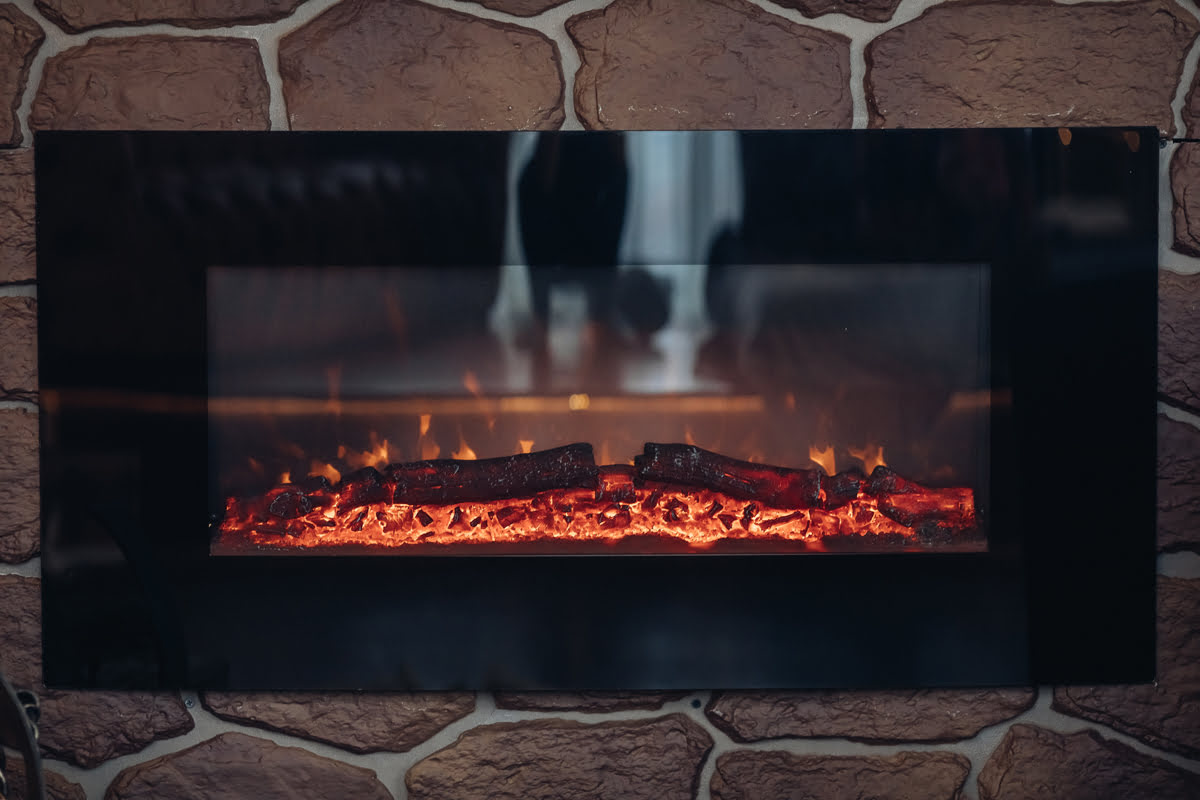

Articles
How To Seal A Fireplace Insert
Modified: October 28, 2024
Learn how to seal a fireplace insert with our informative articles. Get tips and techniques for a secure and efficient installation.
(Many of the links in this article redirect to a specific reviewed product. Your purchase of these products through affiliate links helps to generate commission for Storables.com, at no extra cost. Learn more)
Introduction
Sealing a fireplace insert is an essential step in maintaining the efficiency and safety of your fireplace. A fireplace insert is a great addition to any home, providing warmth and ambiance during the colder months. However, over time, the seal around the fireplace insert can deteriorate, leading to energy loss and potential fire hazards.
In this article, we will guide you through the process of sealing a fireplace insert. By following these steps, you can ensure that your fireplace is properly sealed, preventing drafts, improving energy efficiency, and reducing the risk of fire.
Before we get started, it’s important to gather all the necessary materials. You will need:
- Fireplace sealant
- Paintbrush or foam brush
- Masking tape
- Cloth or sponge
- Scissors
Once you have these materials, you can begin preparing the fireplace insert for sealing. This involves inspecting and cleaning the insert to ensure a smooth surface for the sealant.
Sealing a fireplace insert is a relatively simple process, but it requires attention to detail and proper application of the sealant. By following the steps outlined in this article, you can effectively seal your fireplace insert and enjoy a more efficient and safe fireplace for years to come.
Key Takeaways:
- Properly sealing a fireplace insert involves gathering the right materials, preparing the insert, applying the sealant, allowing it to dry, and testing the seal to ensure a safe and efficient fireplace experience.
- Regular maintenance and periodic resealing are essential for maintaining the integrity of the seal over time, ensuring a cozy and safe environment for enjoying the warmth and ambiance of your fireplace.
Read more: What Is A Fireplace Insert
Step 1: Gather the necessary materials
To successfully seal a fireplace insert, you will need to gather a few essential materials. These items are readily available at most hardware stores and home improvement centers. Here’s what you’ll need:
- Fireplace sealant: Choose a high-quality fireplace sealant that is heat resistant and specifically designed for sealing fireplace inserts. Look for a product that can withstand high temperatures and provide a durable seal.
- Paintbrush or foam brush: You’ll need a brush to apply the sealant evenly. A high-quality paintbrush or foam brush will work well for this task. Make sure it is clean and free from any old paint or debris.
- Masking tape: This will be used to protect the adjacent areas around the fireplace insert. Masking tape will prevent any accidental spillage or smudging of the sealant onto the surrounding walls or floor.
- Cloth or sponge: Keep a cloth or sponge handy to wipe away any excess sealant or clean up any spills during the sealing process. This will help you achieve a clean and professional-looking seal.
- Scissors: You may need scissors to trim the tip of the sealant tube, depending on the type of product you choose. This will allow you to achieve a precise and controlled application of the sealant.
Once you have gathered these materials, you’ll be well-prepared to start the sealing process. It’s important to use high-quality materials to ensure that the seal is effective and long-lasting.
Remember, proper preparation and using the right materials are key to achieving a successful seal. The next step is to prepare the fireplace insert for sealing, which involves inspecting and cleaning the insert thoroughly. We will cover this in detail in the next step.
Step 2: Prepare the fireplace insert
Before applying the sealant, it’s important to prepare the fireplace insert properly. This involves inspecting the insert for any signs of damage or wear and ensuring that the surface is clean and free from debris. Here’s how you can prepare the fireplace insert:
- Inspect for damage: Carefully examine the fireplace insert for any cracks, gaps, or broken parts. It’s crucial to address any damage before sealing to ensure a tight and secure seal. If you notice any significant damage, it’s best to consult a professional for repairs.
- Remove old sealant: If there is any existing sealant on the fireplace insert, use a scraper or putty knife to remove it. Make sure to remove all remnants of old sealant to ensure a clean surface for the new sealant.
- Clean the surface: Thoroughly clean the fireplace insert using a mild detergent and warm water. Scrub away any dirt, soot, or residue that may have accumulated over time. Rinse off the cleaning solution and allow the surface to dry completely before proceeding.
- Protect surrounding areas: Use masking tape to cover any adjacent areas around the fireplace insert, such as the walls or floor. This will prevent any accidental spills or smudging of the sealant on these surfaces.
By properly preparing the fireplace insert, you create a solid foundation for the sealant to adhere to. Inspecting for damage ensures that any necessary repairs are addressed, and removing old sealant eliminates potential issues. Cleaning the surface removes contaminants that could compromise the effectiveness of the new sealant.
Once you have prepared the fireplace insert, it’s time to move on to the next step: inspecting and cleaning the insert. This step will help ensure that the sealant adheres properly and provides a durable seal.
Step 3: Inspect and clean the fireplace insert
Inspecting and cleaning the fireplace insert is a crucial step to ensure that the sealant adheres properly and provides an effective seal. By carefully examining the insert and thoroughly cleaning the surface, you can ensure that the sealant will bond well and create a secure barrier. Here’s how you can inspect and clean the fireplace insert:
- Examine for debris: Look for any debris or foreign objects inside the fireplace insert. Remove any loose ashes, wood chips, or other materials that may have accumulated. This will help create a clean surface for the sealant.
- Check for cracks or gaps: Carefully inspect the interior and exterior of the fireplace insert for any cracks, gaps, or uneven surfaces. It is essential to address any openings or imperfections before sealing to ensure a tight and secure seal.
- Scrub away soot and residue: Use a brush or sponge to scrub away any soot, residue, or stains on the surface of the fireplace insert. Pay close attention to areas around the edges and corners. Use a mild detergent and warm water to assist in the cleaning process.
- Rinse and dry: After cleaning, rinse the fireplace insert with clean water to remove any remaining cleaning agents. Allow the surface to dry completely before applying the sealant. This will ensure proper adhesion and prevent the sealant from being diluted or compromised.
Inspecting the fireplace insert allows you to identify any areas that need repair or attention. By addressing cracks or gaps before sealing, you can prevent moisture or air leaks that could affect the effectiveness of the seal. Cleaning the surface removes soot and residue, providing a clean and smooth surface for the sealant.
Once you have completed the inspection and cleaning process, you are ready to move on to the next step: applying the sealant. This step will ensure that the fireplace insert is properly sealed, preventing drafts and improving energy efficiency.
Before sealing a fireplace insert, make sure to clean the area thoroughly to remove any debris or soot. Use a high-temperature sealant to fill any gaps or cracks, ensuring a tight seal to prevent any air leaks.
Step 4: Apply the sealant to the fireplace insert
Now that you have prepared the fireplace insert, it’s time to apply the sealant. Applying the sealant correctly is crucial to ensuring a tight and effective seal. Follow these steps to apply the sealant to the fireplace insert:
- Trim the sealant tube: Prepare the sealant tube by cutting the tip to the desired size. The size of the opening will depend on the width of the gaps you are sealing. Cut the tip at a 45-degree angle to facilitate even application.
- Start sealing: Begin applying the sealant along the edges of the fireplace insert, focusing on any cracks or gaps you identified during the inspection phase. Hold the tube at a 45-degree angle and apply steady pressure to dispense the sealant evenly.
- Smooth the sealant: After applying the sealant, use a clean paintbrush or foam brush to smooth it out. This will help achieve an even layer and ensure that the sealant properly fills any gaps or cracks.
- Work in small sections: It’s best to work in small sections at a time, rather than applying the sealant to the entire fireplace insert at once. This allows you to focus on achieving a precise and controlled application.
- Remove masking tape: If you used masking tape to protect surrounding areas, carefully remove it while the sealant is still wet. This will prevent the tape from sticking to the sealant and creating a messy appearance.
As you apply the sealant, ensure that it fills any cracks or gaps completely. Pay close attention to the edges and corners of the fireplace insert, as these areas are prone to air and heat leakage. By working in small sections, you can maintain control over the application and achieve a professional-looking seal.
Once the sealant is applied, allow it to dry according to the manufacturer’s instructions. This typically takes several hours but can vary depending on the specific product. Be sure to follow the recommended drying time to ensure that the sealant cures properly.
As you move on to the next step, it’s essential to allow the sealant to dry completely before testing the seal. Testing prematurely may result in smudging or weakening the sealant’s effectiveness.
Read more: How To Measure For A Fireplace Insert
Step 5: Allow the sealant to dry
After applying the sealant to the fireplace insert, it’s important to allow it to dry completely. Allowing the sealant to dry ensures that it cures properly and forms a strong, durable seal. Follow these guidelines to ensure the sealant dries effectively:
- Read the manufacturer’s instructions: Different sealants may have different drying times and curing requirements. Read the manufacturer’s instructions carefully to determine the recommended drying time for the specific sealant you’re using.
- Avoid touching or disturbing the sealant: Once applied, avoid touching or disturbing the sealant until it has fully dried. Touching or moving the sealant prematurely may result in smudging or compromising the integrity of the seal.
- Provide adequate ventilation: Proper air circulation is essential to ensure that the sealant dries evenly and at the recommended pace. Keep the area well-ventilated by opening windows or using fans to help expedite the drying process.
- Monitor the drying progress: Keep an eye on the sealant to observe its drying progress. While drying times may vary, most sealants typically take several hours to dry. It’s crucial to be patient and allow sufficient time for the sealant to cure.
During the drying period, avoid exposing the sealant to excessive heat or moisture, as this may affect the drying process. Additionally, refrain from using the fireplace until the sealant has fully dried to prevent any possible damage or disruption to the sealant.
Once the sealant has completely dried, you can move on to the final step: testing the seal. Testing will help ensure that the sealant has formed a tight barrier, effectively preventing drafts and improving the overall efficiency of the fireplace insert.
Step 6: Test the seal
The final step in sealing a fireplace insert is to test the effectiveness of the seal. Testing the seal ensures that the sealant has formed a tight barrier, preventing drafts and improving the efficiency of your fireplace. Follow these steps to test the seal:
- Close the fireplace damper: Before testing the seal, make sure the fireplace damper is fully closed. This will help create a controlled environment for testing and prevent any outside air from interfering with the results.
- Light a candle: Light a candle or hold a small flame near the areas where the sealant was applied. Move the flame along the edges of the fireplace insert, paying close attention to any cracks or gaps that were sealed.
- Observe the flame: Watch the flame closely. If there are no leaks or drafts, the flame should remain steady and not flicker. However, if you notice the flame wavering or being drawn towards a specific area, it may indicate a leak in the seal.
- Note any leaks: If you detect any leaks or drafts, mark the areas with masking tape or make a note of their location. This will help you identify specific areas that may need further attention or reapplication of sealant.
If you do encounter any leaks or drafts during the testing process, don’t panic! It’s not uncommon for small gaps or cracks to be missed during the initial sealing. Simply make the necessary adjustments by reapplying sealant to the areas identified with leaks.
Once you have identified and addressed any leaks or drafts, repeat the testing process to ensure that the seal is now tight and secure. Keeping the fireplace damper closed during this process will help provide an accurate assessment of the seal’s effectiveness.
By thoroughly testing the seal, you can be confident in the efficiency and safety of your fireplace insert. Any leaks or drafts that are detected and resolved will contribute to a more energy-efficient fireplace, reducing heat loss and enhancing overall performance.
Congratulations! You have successfully sealed your fireplace insert. By following these steps and taking the time to properly inspect, clean, and apply sealant, you have ensured a tight seal that will improve the functionality and safety of your fireplace.
Remember, regular maintenance and periodic resealing may be necessary to maintain the integrity of the seal over time. By staying vigilant and addressing any issues promptly, you can enjoy many cozy and efficient fires in your fireplace for years to come.
Conclusion
Sealing a fireplace insert is a crucial step in maintaining the efficiency and safety of your fireplace. By following the steps outlined in this article, you can effectively seal your fireplace insert and enjoy a more efficient and safe fireplace for years to come.
We began by gathering the necessary materials, including fireplace sealant, a paintbrush or foam brush, masking tape, cloth or sponge, and scissors. These materials are essential for applying the sealant correctly and ensuring a tight seal.
Next, we prepared the fireplace insert by inspecting it for damage, removing old sealant, and cleaning the surface. By addressing any cracks or gaps and creating a clean surface, we set the stage for an effective seal.
Then, we applied the sealant to the fireplace insert using a trimmed sealant tube and a brush to achieve an even layer. Working in small sections ensured a precise and controlled application. After applying the sealant, we allowed it to dry completely, following the manufacturer’s instructions.
Once the sealant was dry, we tested the seal by closing the fireplace damper and using a candle or flame to check for leaks or drafts. Any leaks or drafts were identified and addressed by reapplying sealant to the affected areas.
In conclusion, sealing a fireplace insert is a straightforward process that can have a significant impact on the efficiency and safety of your fireplace. By taking the time to properly prepare the insert, apply the sealant, and test the seal, you can enjoy a more energy-efficient and enjoyable fireplace experience.
Regular maintenance and periodic resealing may be necessary to ensure the continued integrity of the seal. By staying proactive and addressing any issues promptly, you can create a cozy and safe environment for those cold winter nights.
Now that you have the knowledge and steps to seal your fireplace insert, it’s time to put it into action. Don’t let energy loss and potential fire hazards diminish the enjoyment of your fireplace. Sealing your fireplace insert will not only improve its efficiency but also provide you with peace of mind for a warm and safe winter season.
Frequently Asked Questions about How To Seal A Fireplace Insert
Was this page helpful?
At Storables.com, we guarantee accurate and reliable information. Our content, validated by Expert Board Contributors, is crafted following stringent Editorial Policies. We're committed to providing you with well-researched, expert-backed insights for all your informational needs.
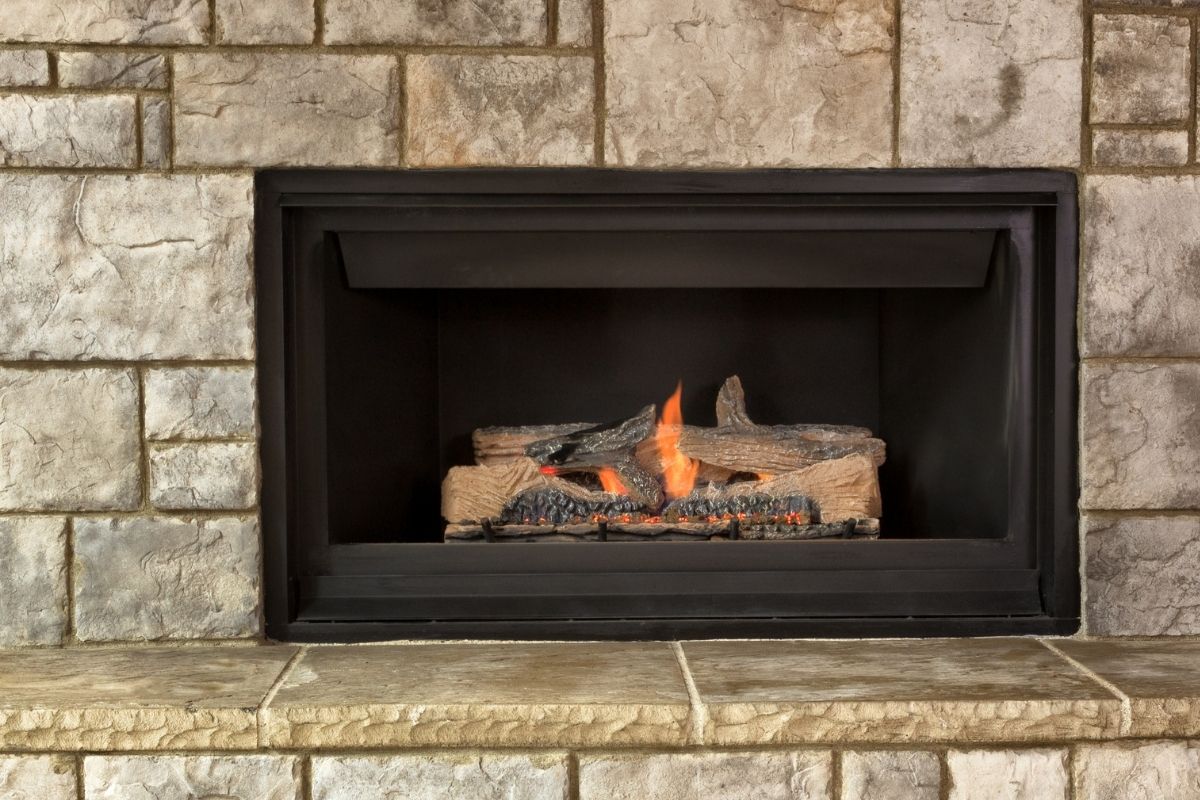
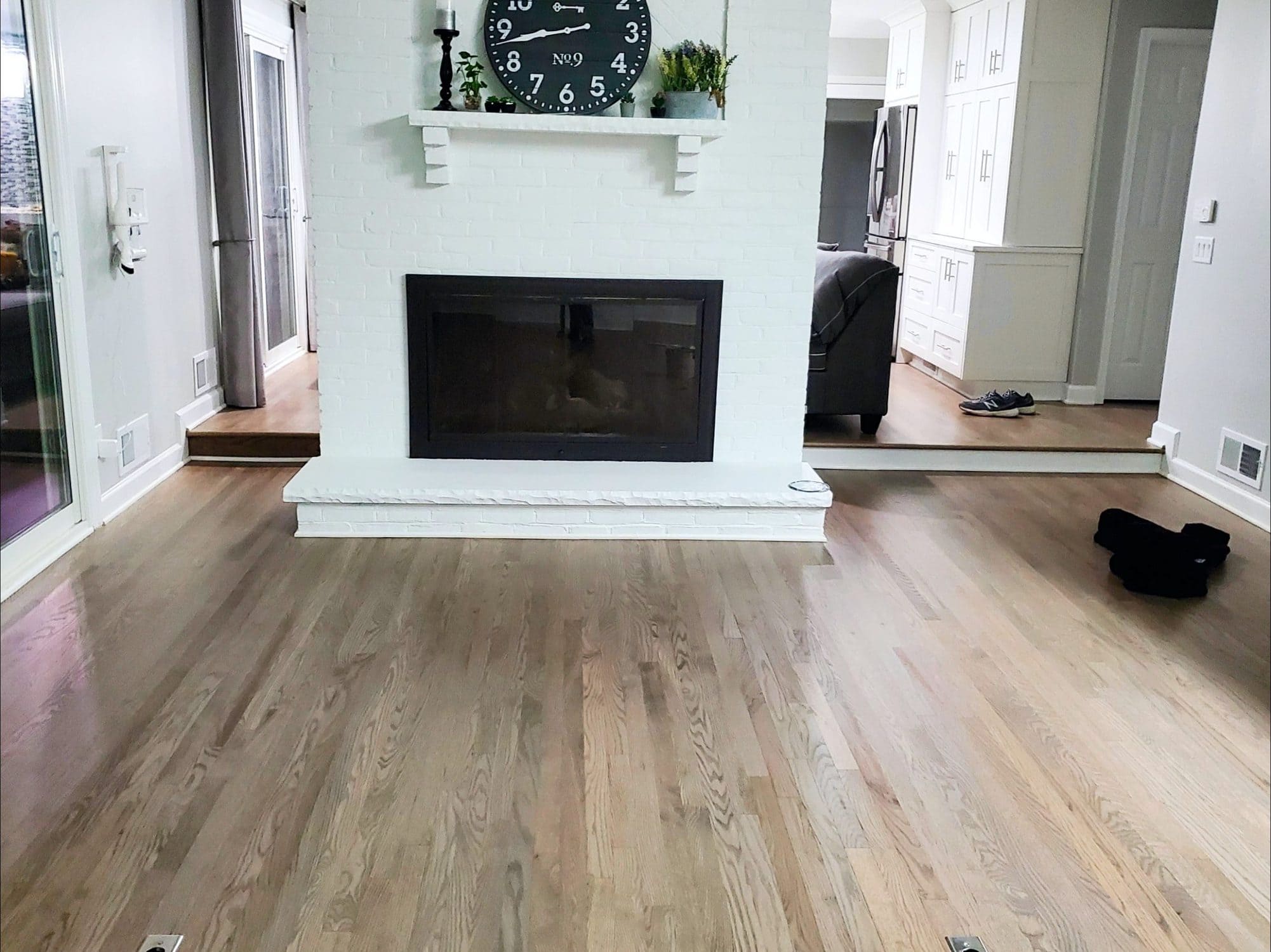
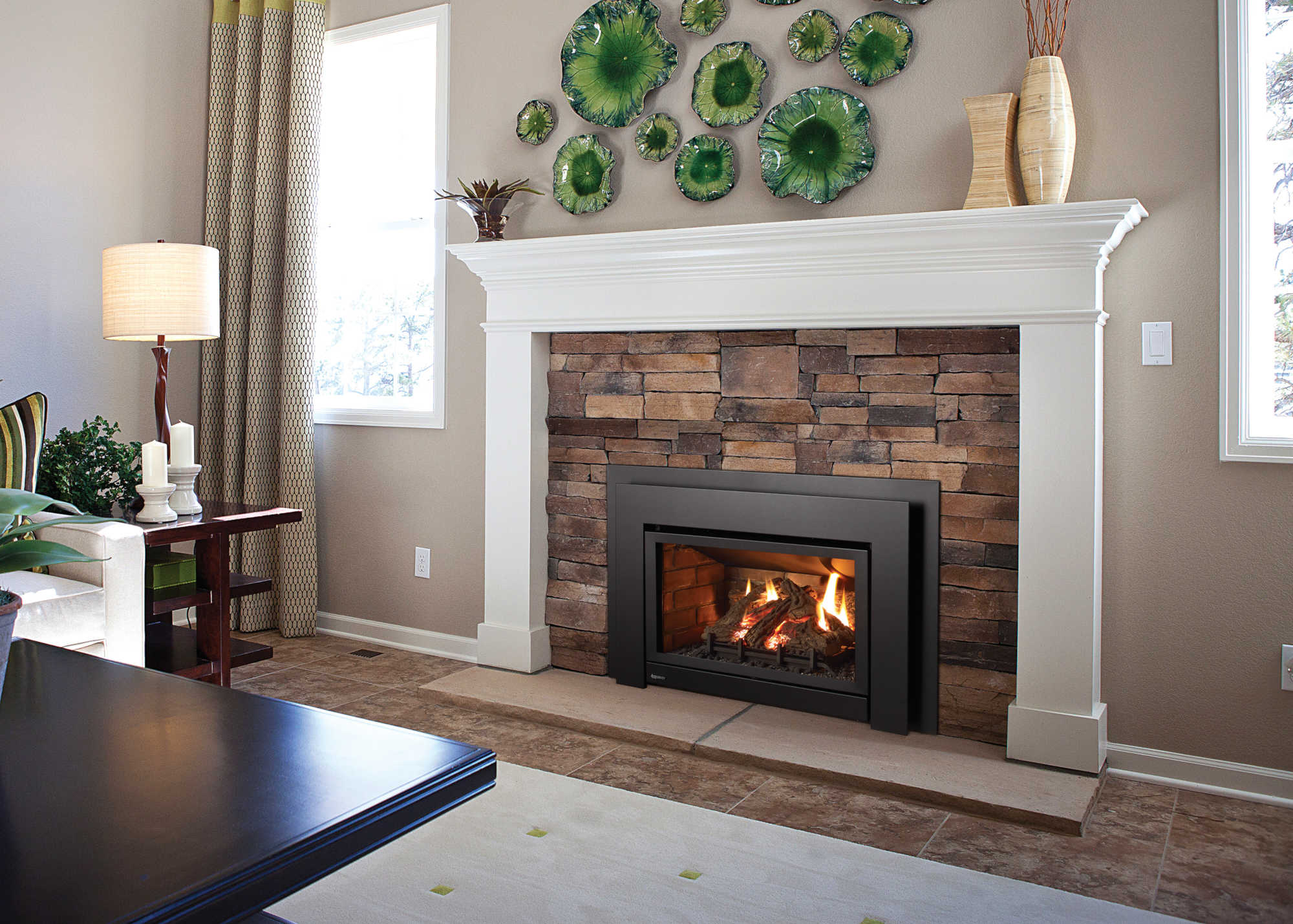
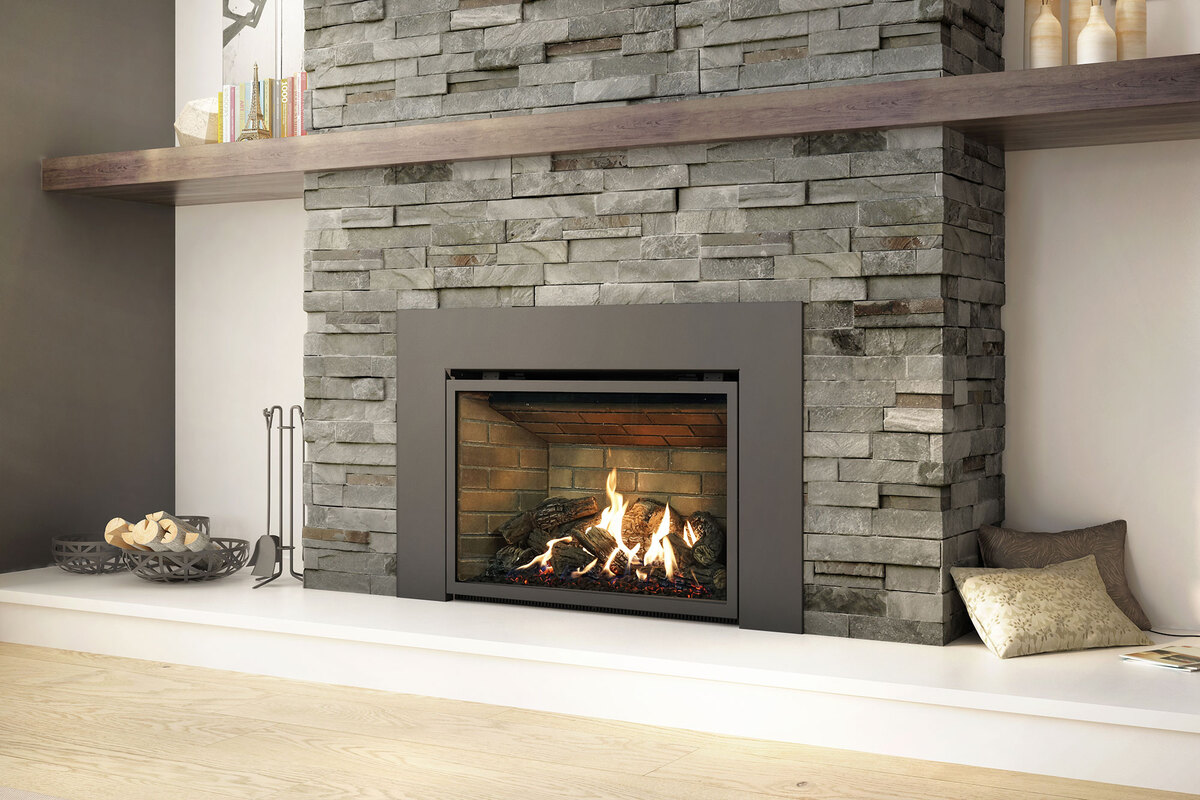
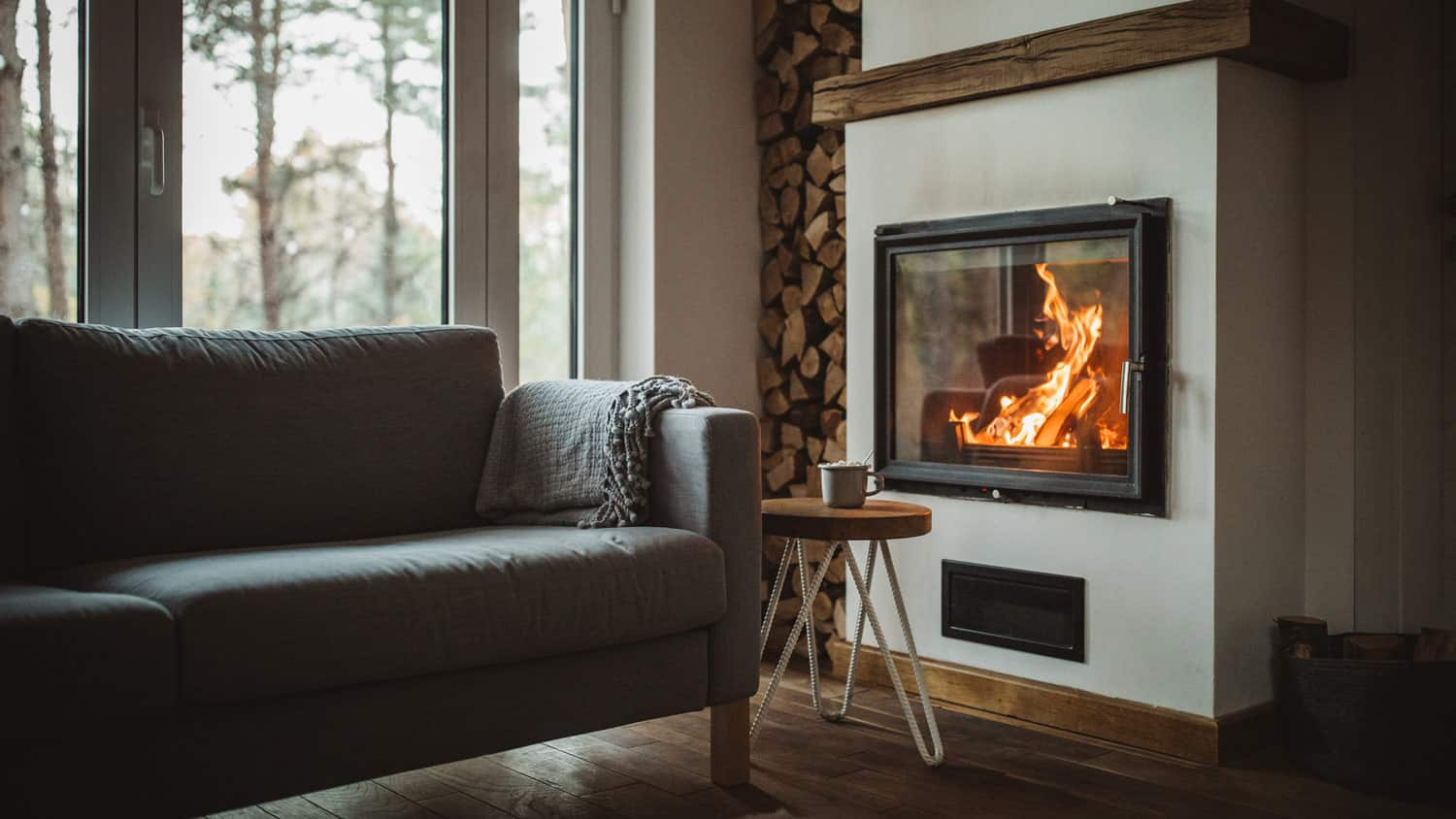
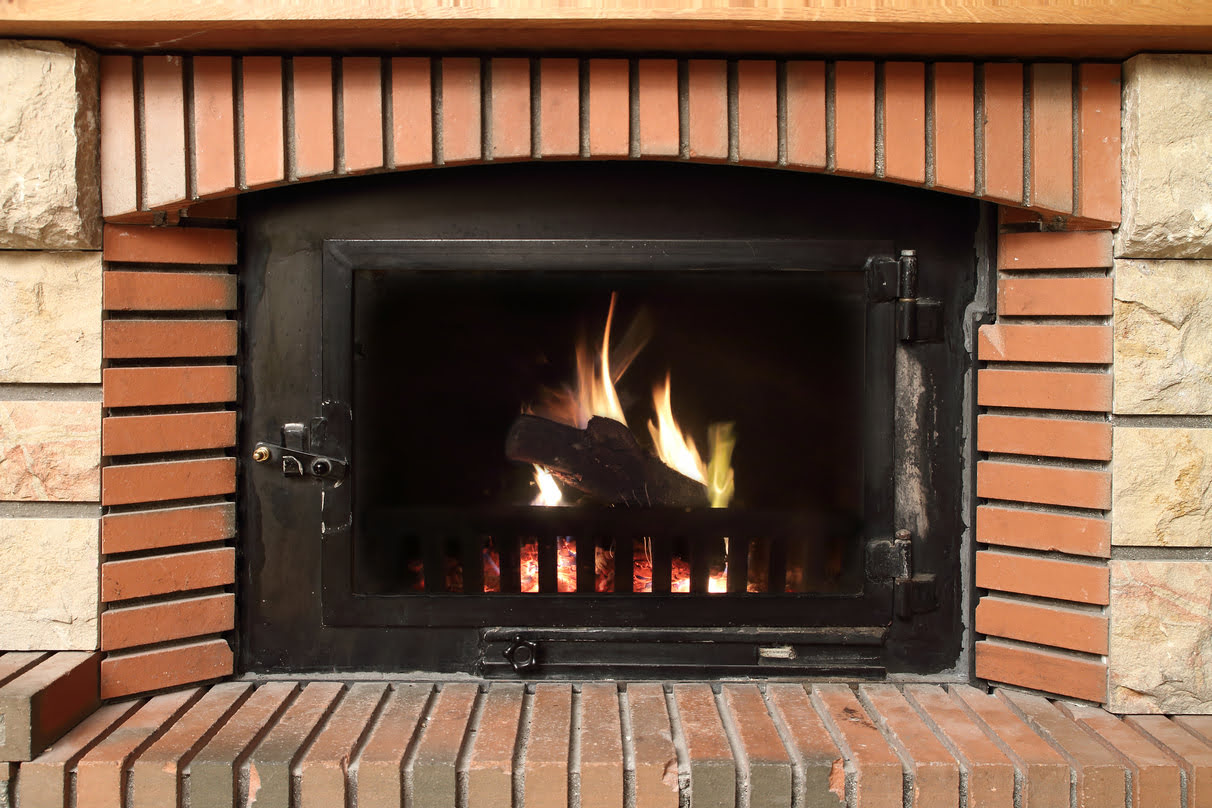
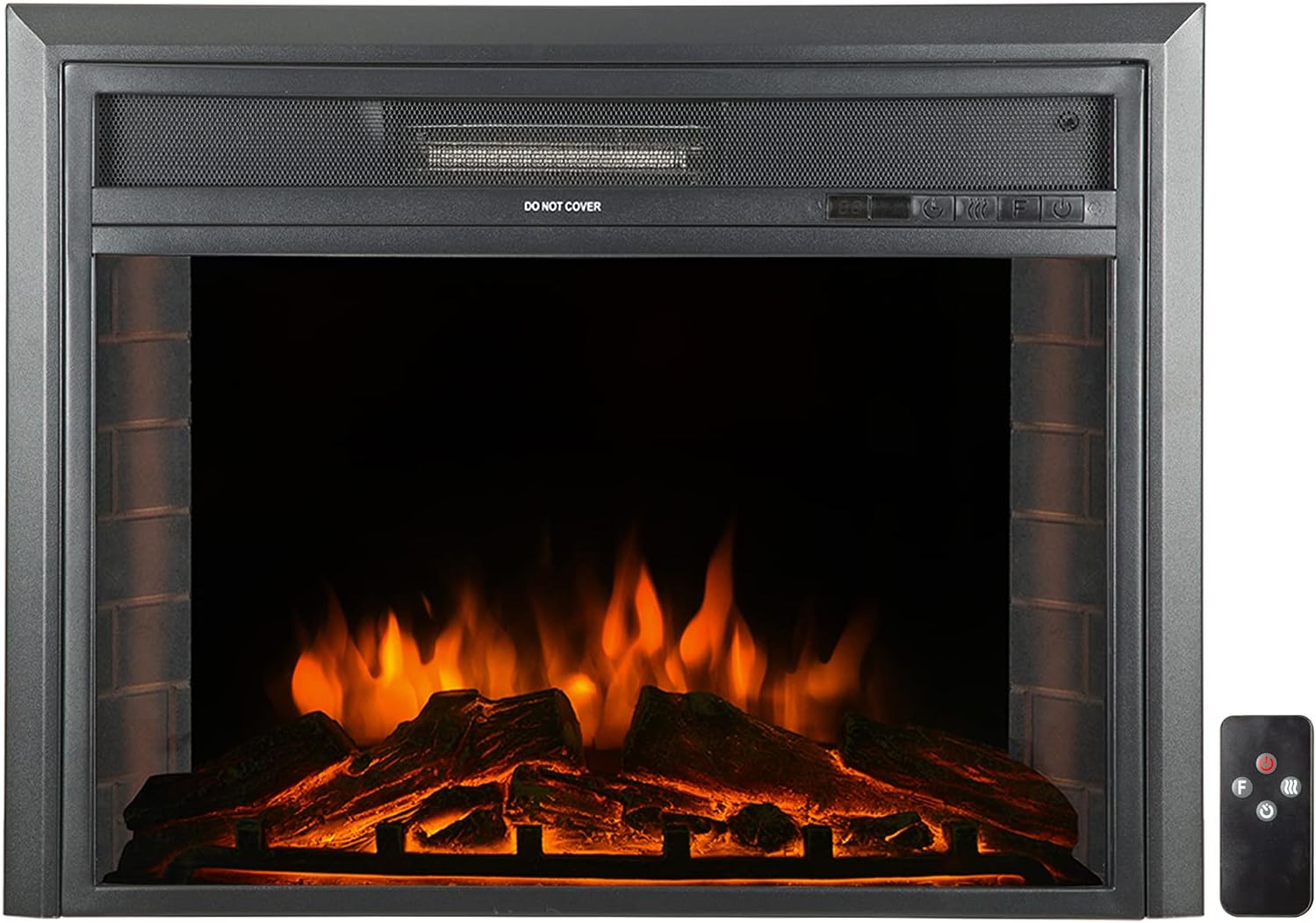
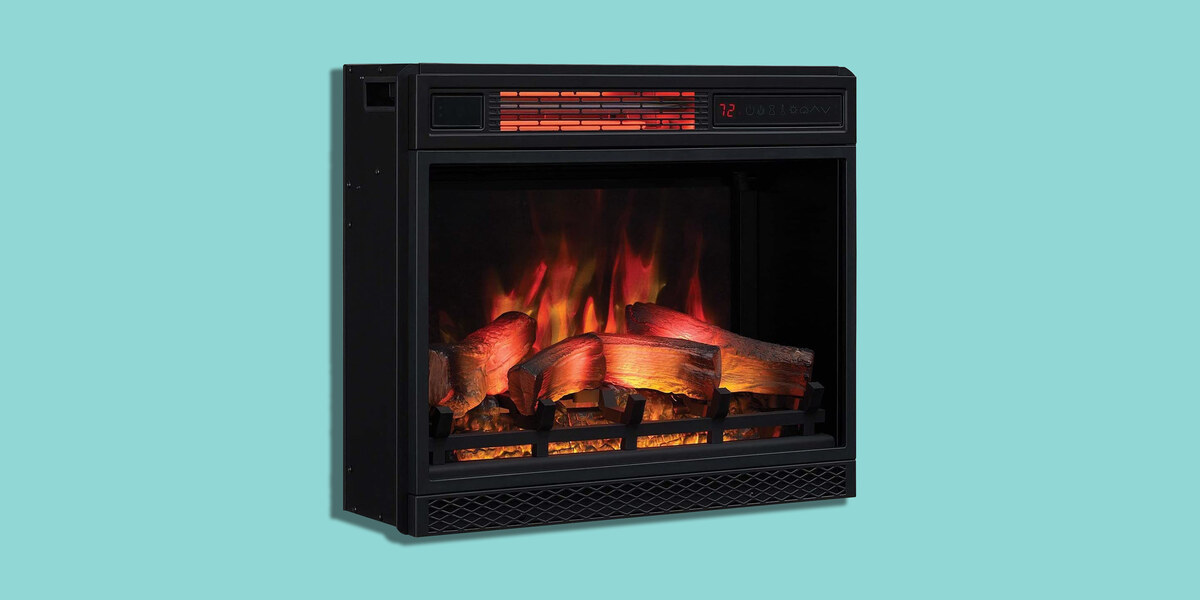


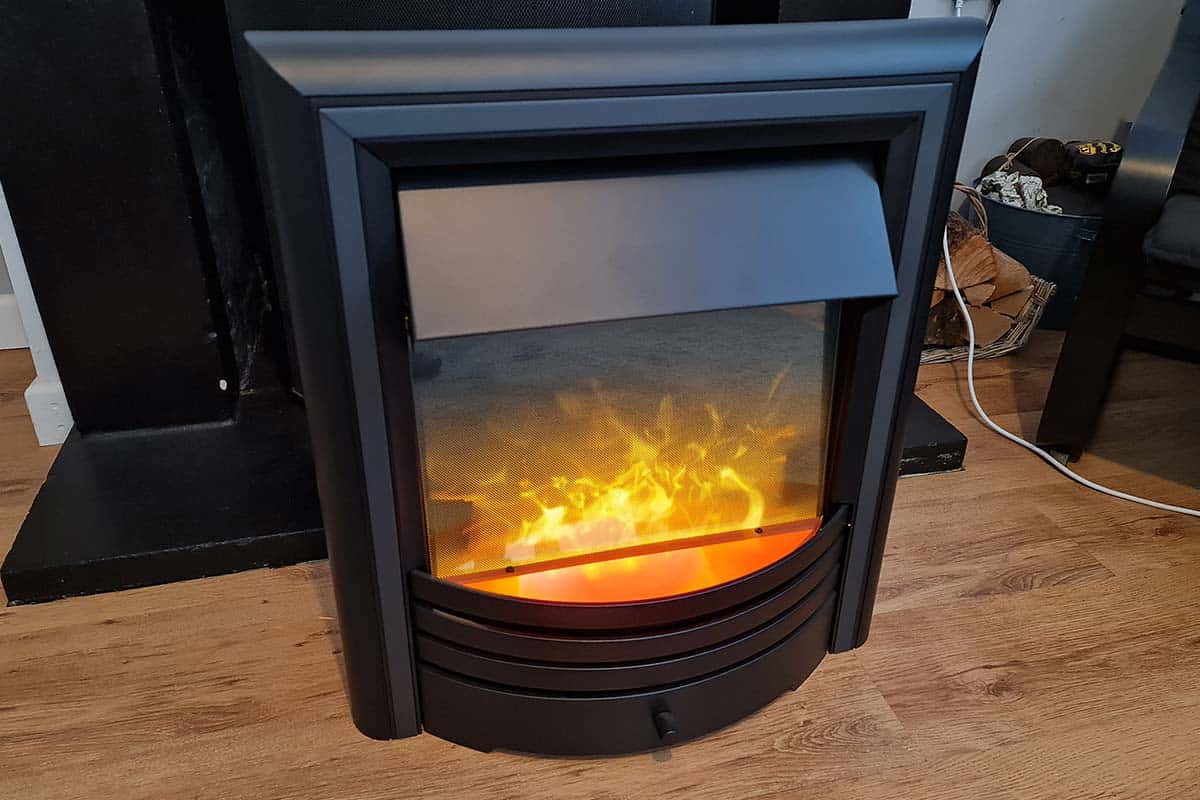


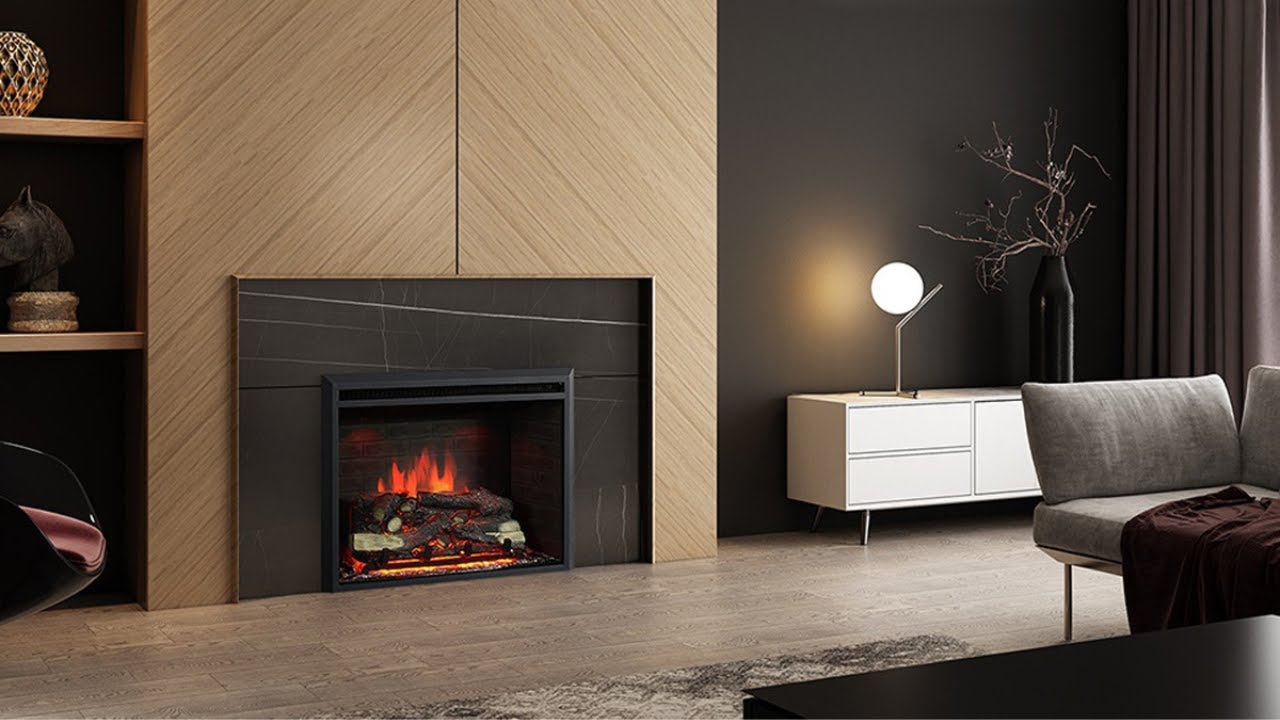

0 thoughts on “How To Seal A Fireplace Insert”